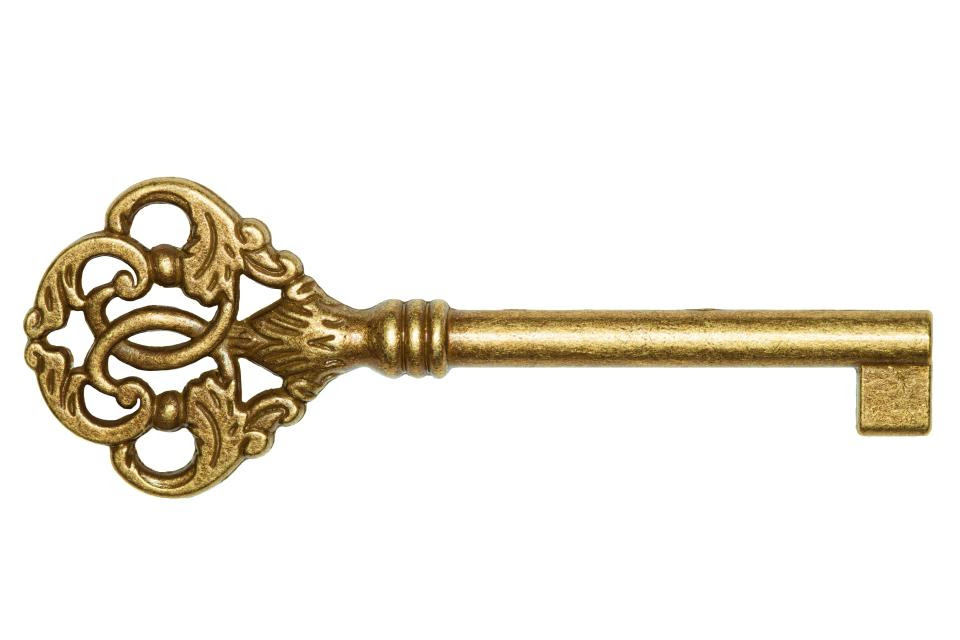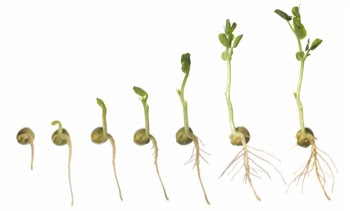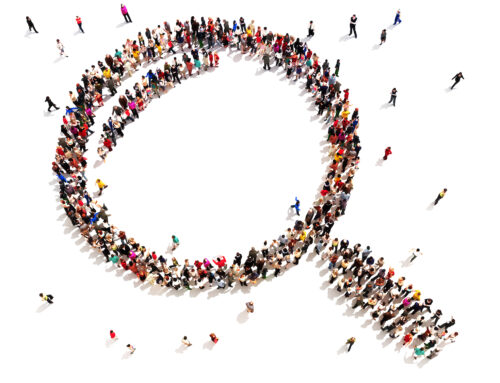
So, how does that work exactly?
Your nonprofit donor needs to trust you to give you money.
That means you need to build trust with her.
You know what I’m talking about here, right? Relationships.
Most fundraisers know they need to develop relationships with donors, but can’t seem to get moving with it.
And it’s getting in their way of raising big money.
After all, it’s the donors who feel most connected with our cause who give the biggest gifts.
Seems to me that the biggest return on investment you can get with fundraising is to help donors feel a strong connection with your nonprofit’s work.
Strong donor relationships
I see three things that are in the way of building these strong donor relationships.
People
- Don’t know where to start
- Aren’t sure how to build relationships without feeling manipulative
- Can’t seem to carve out the time to begin
Sound familiar?
I remember when I was a Development Director that I got the concept of donor relationship building and was willing to do it. I just didn’t know what to do.
The first time I took a donor to lunch, I felt so awkward because I wasn’t sure what I was supposed to do or say, and I didn’t want to screw it up. Fortunately, I decided to just relax and talk with her, and it worked out just fine.
How donor relationships grow

When you first met them, you probably weren’t best friends from the get-go.
It takes time and effort to get to know someone and develop a lasting relationship.
On top of that, we do it without thinking about it. We simply hang out with people we like. The more we like them, the more time we want to spend with them.
So, if we break it down into steps, relationships grow like this:
- First meeting. We meet someone and we feel some spark, either friendship or something more.
- Attraction. There’s something about that person that we’re drawn to and we want to spend more time with them.
- Exploration. We start looking for common interests and subsequently start to spend more time together.
- Connection. After finding commonalities, we start to feel connected to them. They get us and we get them, and we enjoy their company.
- Deepening. The more we learn about them, the more we like them. And we start to care about them.
- Commitment. At some point, we become committed to the person and the relationship. We value it and it brings us joy, and we’re willing to do what it takes to make the other person happy.
I think that pretty much sums up what happened when I met my husband, and I would bet it was similar for lots of people, maybe even you.
Now, get this: it isn’t that different with donor relationships. You’re just building the relationship on purpose instead of letting it grow organically.
The good news here is that you know more about growing relationships than you thought you did. Cool?
The donor relationship account
Imagine that you have an emotional bank account with each donor.
Each time you ask for money, you’re withdrawing points from the account. 
When you help your donor feel good about their decision to support your nonprofit or when you tell them a story that moves them, you’re adding points to the account.
You don’t have to be an accountant to understand that if all you do make withdrawals, it won’t take long before you’re in the hole and the account is closed.
This is why donor retention rates are so bad right now! Most nonprofit fundraisers are so focused on the money, they don’t think about the people who are giving the money. They’re neglecting to make deposits into the account, and donors are tired of being an ATM.
The good news here is that it’s easily fixed: make more deposits than withdrawals.
I spent the day with a client on Sunday and we mapped out her next few months on a giant calendar so she could see everything at a glance. We put newsletters, appeals, and all kinds of fundraising stuff on the calendar using a different colored sticky note for each activity.
We were able to easily see which activities were adding points to the relationship account and which ones were taking points out, and it became very clear how important her e-newsletter is to her overall fundraising. It’s that newsletter that is adding points to the relationship account. If she doesn’t get that newsletter out, her donors will probably get tired of her requests for money very quickly. And if she’s going to hit her fundraising goals for the rest of the year, she can’t afford to lose any donors because they feel over-asked.
It’s all about strategy and planning. You’ll never be able to keep enough points in the relationship account if you’re always in reactive mode and making decisions at the last minute about which activities to pursue.
Ideas for adding points
How exactly can you add points to the donor relationship account?
It’s easier than you think.
Help your donor feel good about their decision to give.
- Send a prompt, warm, sincere thank-you letter that tells the donor how much you appreciate their gift and that you’ve set it to work.
- Send a juicy, donor-focused email newsletter at least once a month and include a story about a life that’s been changed by your nonprofit’s work.
- Post regularly on social media telling stories, sharing interesting facts and video.
- DON’T bore them with long, detailed history, back-stories and letters from the Executive Director.
One thing I’ve noticed about relationships is that people only stay in them while they’re getting something out of them. When we get turned off, we break the relationship off. Want to keep your donors? Make sure they’re still getting something good.
Relationships grow at the speed of trust. The more you give donors reasons to trust you, the happier they’ll be and the more they’ll give.






[…] As you’re creating your fundraising plan, be sure that you’re including plenty of activities to connect with donors and help them feel good about giving to your nonprofit. Make sure you’re making more deposits than withdrawals into therelationship account. […]